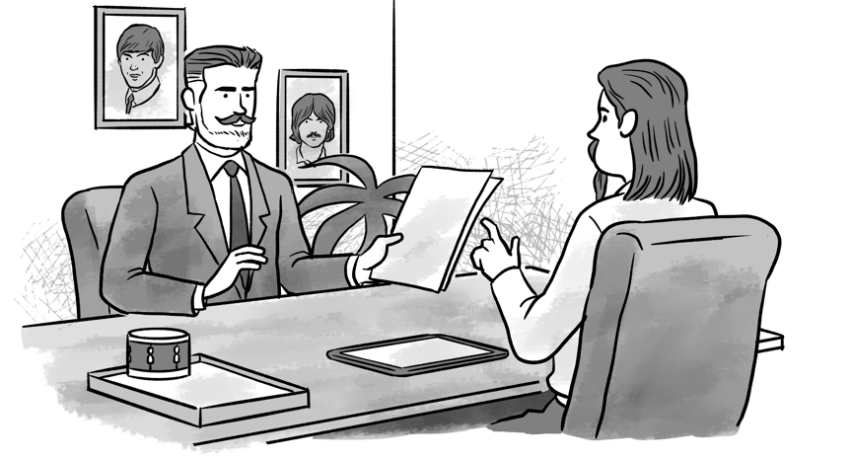I have seen two patterns in my Agile Coaching experience, I am sharing the first one in this blog, the
other will follow soon.
The Scrum team has a large number of items in its Product backlog, typically they are doing
enhancements, to a fairly mature product-line that is still far from its sunset.
The team adopts Scrum and start tackling items from their large and active Product backlog.
Iteration after iteration they keep delivering enhancements, to their product. Backlog gets
populated with Release related items in sync with their ad-hoc and periodic Release, which they take
it in their stride and into their iterations.
One such team that I started working with, chanced upon a break of a week, their iterations were of
two weeks duration. This was due to organizational changes that were made and were being rolled
out. One of the team members asked me – “Isn’t there something in Agile* that allows us a break like
this periodically, so that we can recoup and catch up on the many items pending”. What she was
referring to was items, that were not of direct value to the customer and were getting postponed,
till it became a crisis.
I was associated with the team for a couple months and it dawned that the team was working on the
backlog items, iteration after iteration without any break/respite. One of the reasons was that the
large backlog kept them busy and the team was not doing a Release Plan. The release would
comprise whatever was ready or would happen when a particular enhancement was completed.
They had a good cadence at the iteration level, but none at all at a higher level and this was tiring
out the team. Teams that do Release Plan typically have some time to recoup after the release and
before the next one, more on it in the next blog.
The need was very clear, they needed to develop a cadence at a level higher than the iteration and
the Release Plan was not suitable for them.
The team brought this up in their retrospective. Fortunately, the need was understood by all, the
team, the PO, the stakeholders – sponsors and management. The debate/discussions centered on
the duration and the frequency of the break.
Initial proposal was for a week, as the week-long break had triggered this. The discussion veered
around what would be accomplished in this interval and that lead the team to decide on a two-week
special sprint after every eight two-week sprints.
This was essentially a time for “Sharpening the Saw”, and worked out well for the team. In practice
the two-week special sprint did include couple enhancements, but focused primarily on working on
the “technical stories” that were kept pending till it became imperative.
So, a cadence at higher level was introduced with provision for an interval, which allowed the team
to focus on aspects that would eventually add value to the customer.
Incidentally, one of the team member discovered that SAFe recommends something along these
lines and they call it an Innovation and Planning Iteration. You could look it up, it is interesting and
has more points covered and quite useful.
I would like to share an incident to drive home my point – in a Scrum Training an agitated participant
asked of the instructor if everything is time-boxed – scrum, planning, retro, what about the work-
day?
Response was, yes of course it is!
One of the 12 principle covers sustainable pace. We when adopting Scrum need to be mindful of
this and ensure that our approach allows and facilitates it.
Would like to hear your views.






One Response